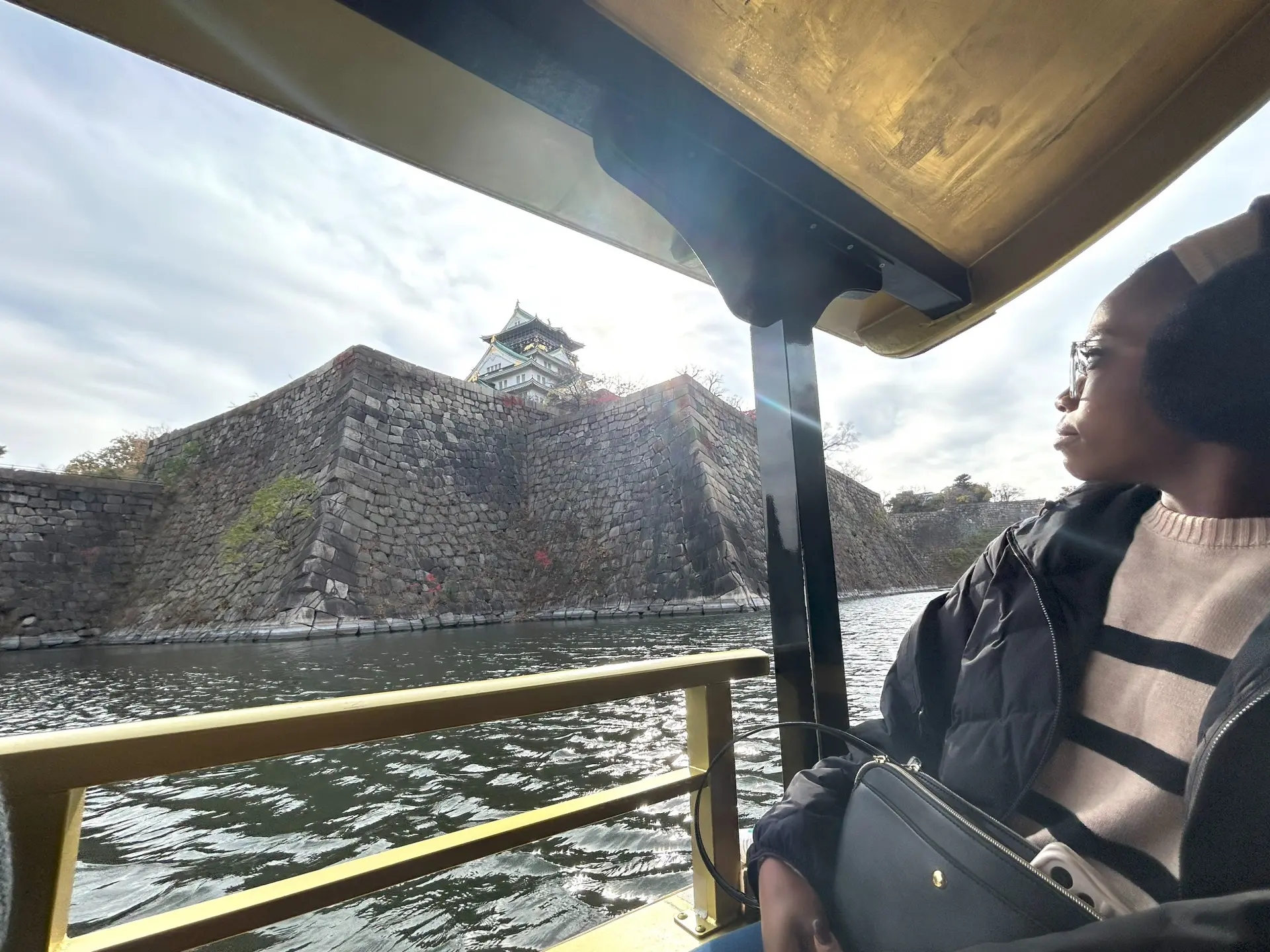
A 3-Day Journey Along the Path of History and Culture: Outlining the Saigoku Kaidō from Osaka
Last update
The Kansai region, encompassing Osaka, Kyoto, and Kobe, offers a wealth of culture, history, and immersive experiences. The highway that starts in Osaka and continues to the western regions (towards Kyushu) is also known as the "Saigoku Kaido," and was an important main route during the Edo period. On this tour, you will follow this route and visit various famous landmarks along the way. For travelers seeking a mix of adventure and tranquility, Kansai delivers many opportunities to explore bustling cityscapes, serene gardens, historical sites, and satisfying hands-on activities that allow guests to immerse themselves in Japanese culture and history. This three-day itinerary highlights a journey through Kansai's history, traditions, scenery, and cuisine, providing a memorable introduction to the region’s rich heritage and creativity.
Day 1
Zazen Meditation at Myōhō-ji Temple (Sakai City, Osaka)

The journey began in Sakai City with a Zazen meditation session at Myōhō-ji Temple, a Nichiren Buddhist temple located in a tranquil residential area. Participants were introduced to meditation techniques, focusing on controlled breathing and mindfulness to experience a sense of peace and serenity away from the hustle and bustle of the city. The session included a chant of Namu Myōhō Renge Kyō, referencing the Japanese title of the Lotus Sūtra. Despite the physical challenge of sitting in the lotus position, the experience offered a profound sense of peace and mental clarity, setting a reflective tone for the rest of the tour.
Tea Ceremony at Daisen Park’s Tea Room Shinan (Sakai City, Osaka)
The next stop was a traditional tea ceremony at Daisen Park’s Tea Room Shinan. Originally constructed in 1929 by a renowned architect Rodo Ogi and relocated to Sakai in 1980, the tea house exemplifies Japanese aesthetics and tradition. Guests learned about the chadō (way of tea) from a skilled tea host (teishu), who demonstrated the preparation of matcha and served it with wagashi (traditional sweets). Guests also had the opportunity to whisk their own bowl of matcha. The beautiful garden surrounding the tea room features the Kyu-Jōdo-ji (nine-story stone pagoda, designated as an important cultural property, as a centerpiece. The harmony between the pagoda and the vibrant natural surroundings is truly stunning, and the stroll through the garden will undoubtedly be a memorable experience.
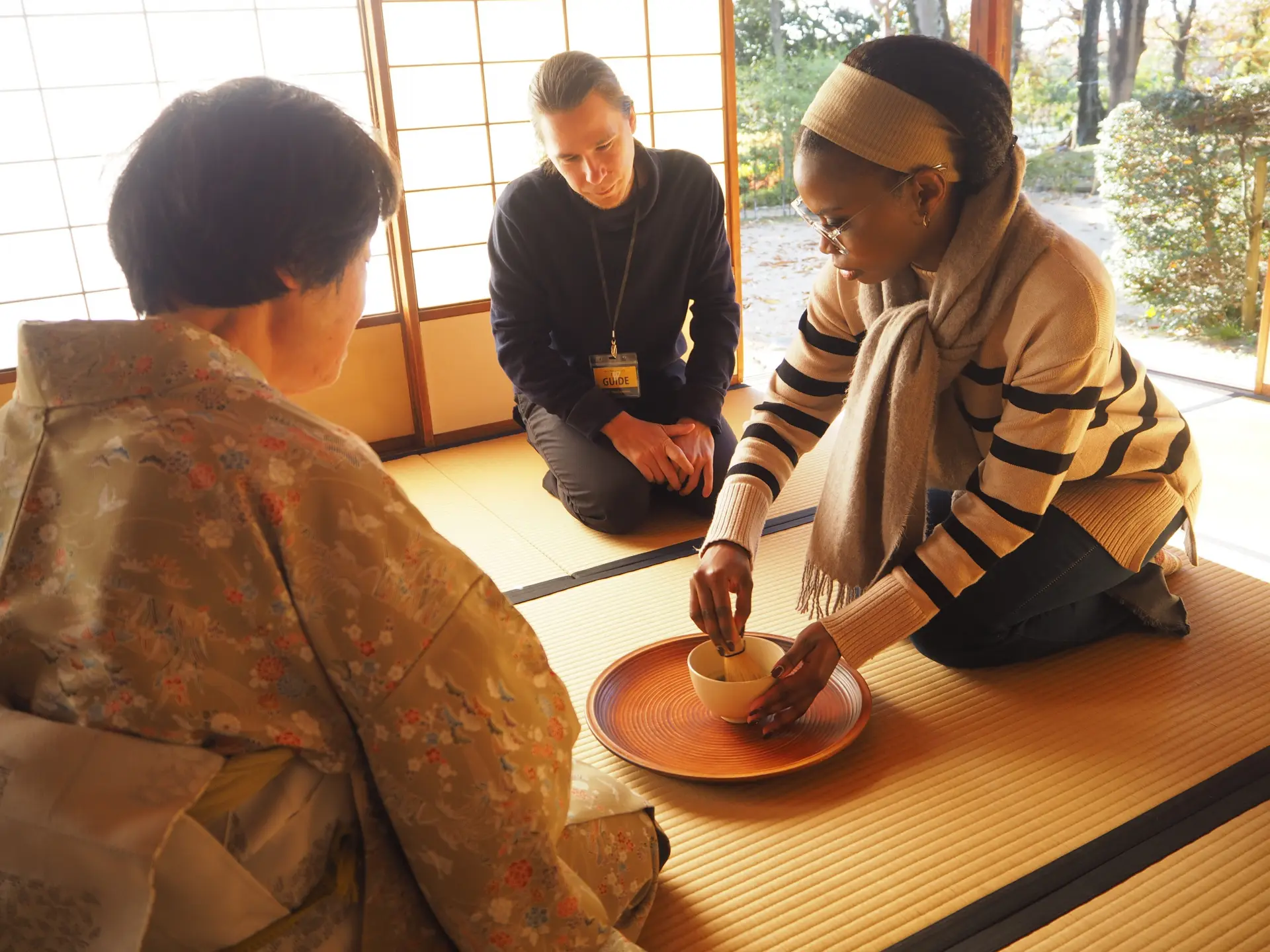
Lunch at Tea Room Shinan (Sakai City, Osaka)
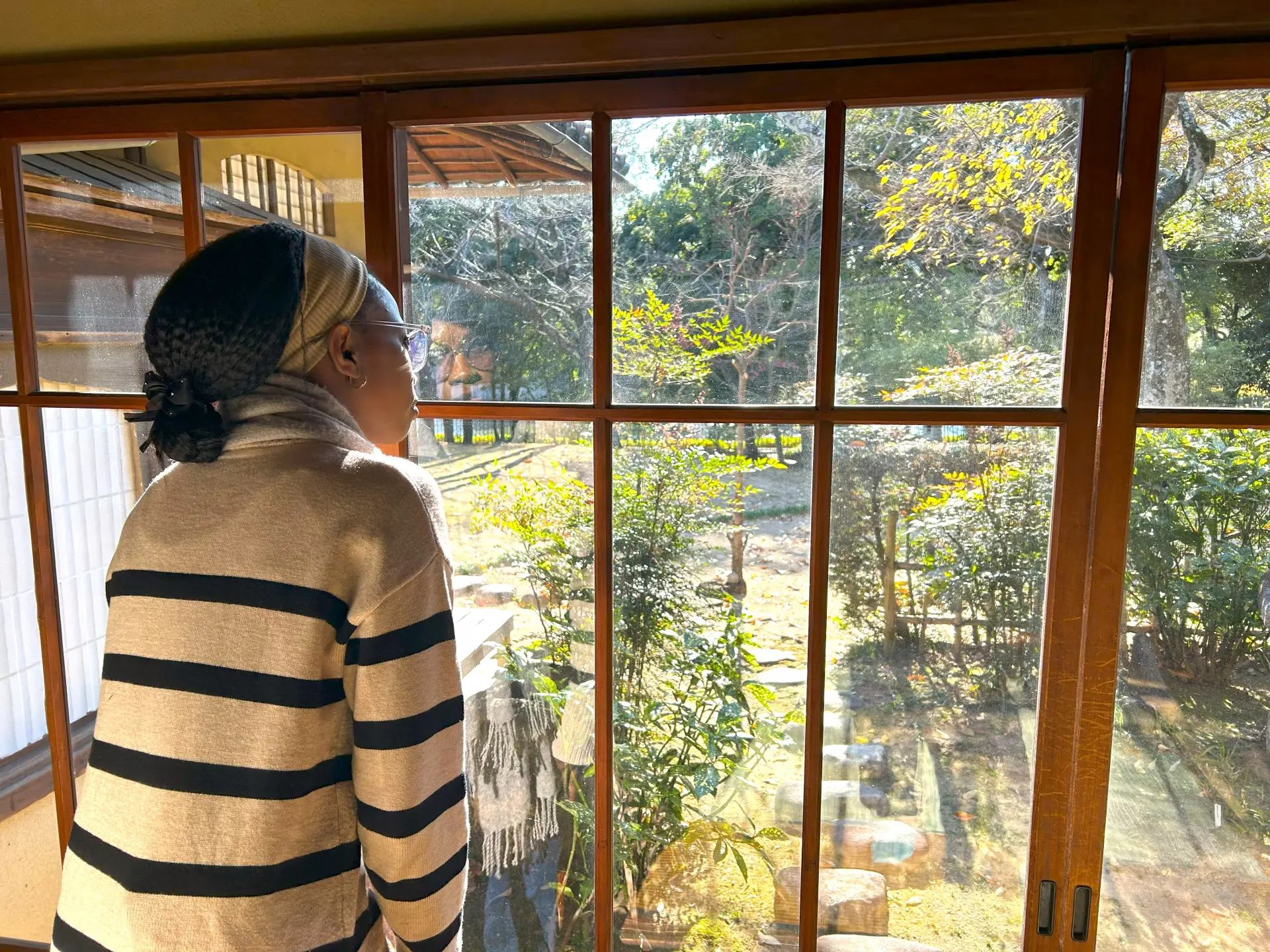
Once walking through the garden finished, lunch was served on-site at Tea Room Shinan, featuring a seasonal bento box with dishes such as tempura, tamagoyaki, and fresh vegetables. The meal, complemented by views of the garden and tranquil flowing waters of the pond, provided a serene atmosphere and a sensory connection to the natural beauty of the area as well as a reminder of why Japan’s cuisine is so widely sought after.
Osaka Castle Boat Ride and Visit (Osaka City, Osaka)
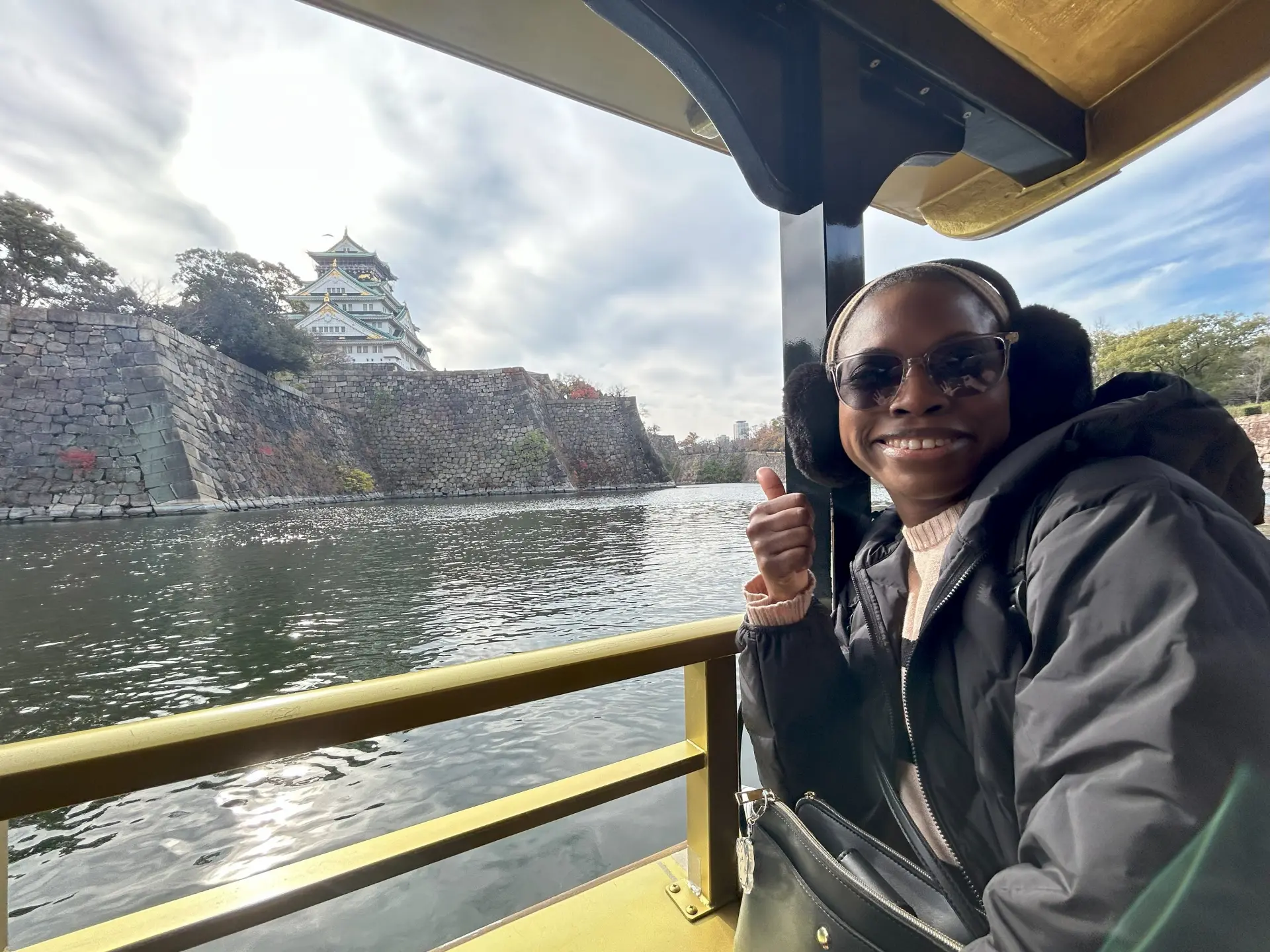
The afternoon featured a visit to Osaka Castle, one of Japan’s leading must-see destinations. A 20-minute boat ride along the inner moat aboard a traditional Gozabune offered unique perspectives of the castle’s walls and surrounding scenery. Inside the Tenshukaku (main tower), visitors explored exhibits of samurai armor and historical artifacts, culminating in a 360-degree panoramic view from the observatory, with sights such as the Umeda Sky Building and Abeno Harukas visible in the distance.
Accommodation at Hotel Royal Classic Osaka (Namba, Osaka)
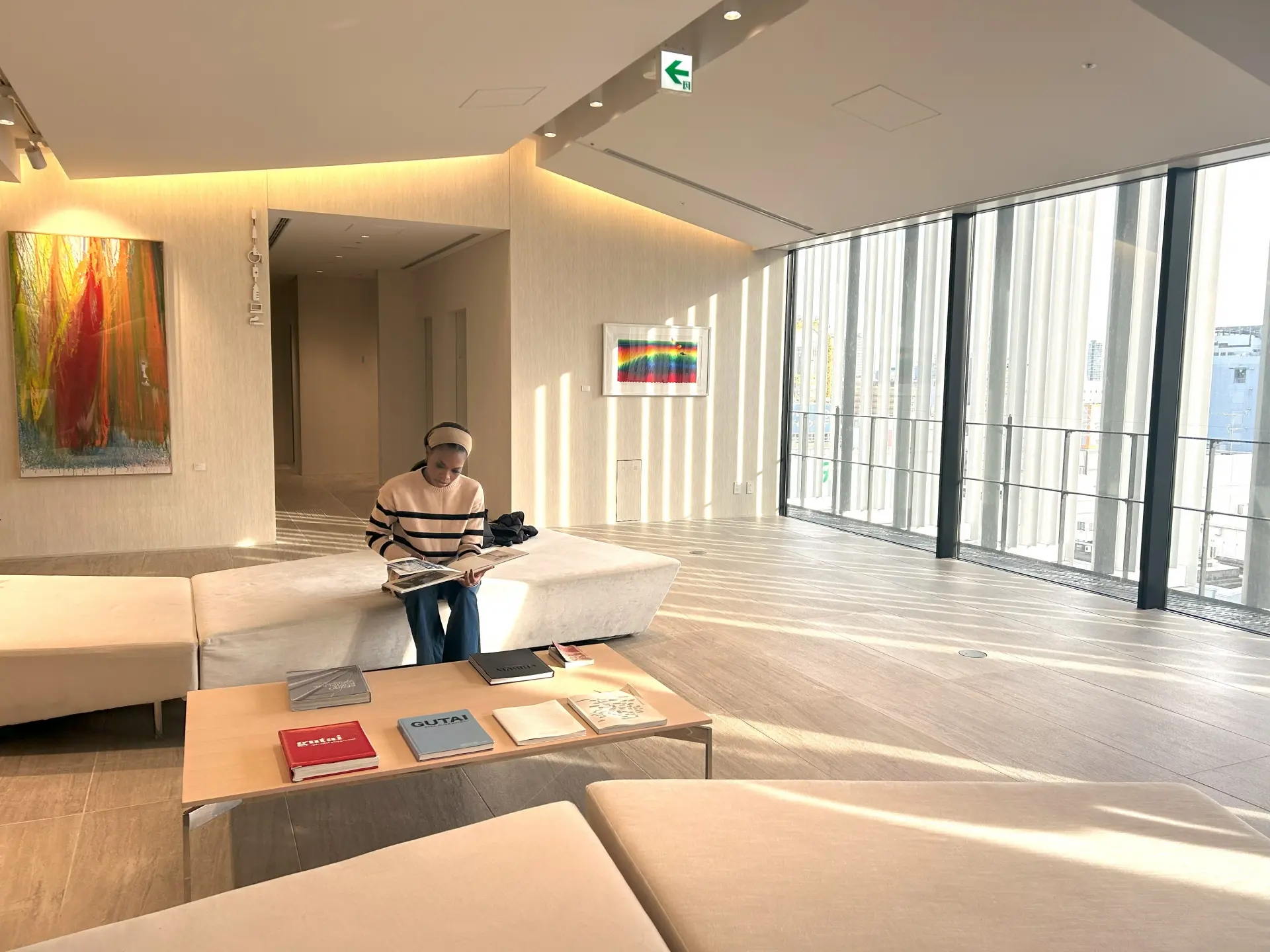
The first day's accommodation is at Hotel Royal Classic Osaka, located in Namba. The elegant exterior of the hotel and the attentive hospitality were truly impressive. The beautiful night view visible from the room's window created a romantic atmosphere, allowing ultimate relaxation and decompression from the day's travels. The hotel also features a museum, where guests can enjoy over 100 works of art exhibitions, one of its unique offerings. Additionally, the hotel's convenient access to famous spots like Dotonbori and Shinsaibashi-Suji Shopping Street made it easy to enjoy sightseeing and shopping.
Day 2
Shioya Town Walking Food Tour (Kobe, Hyogo)
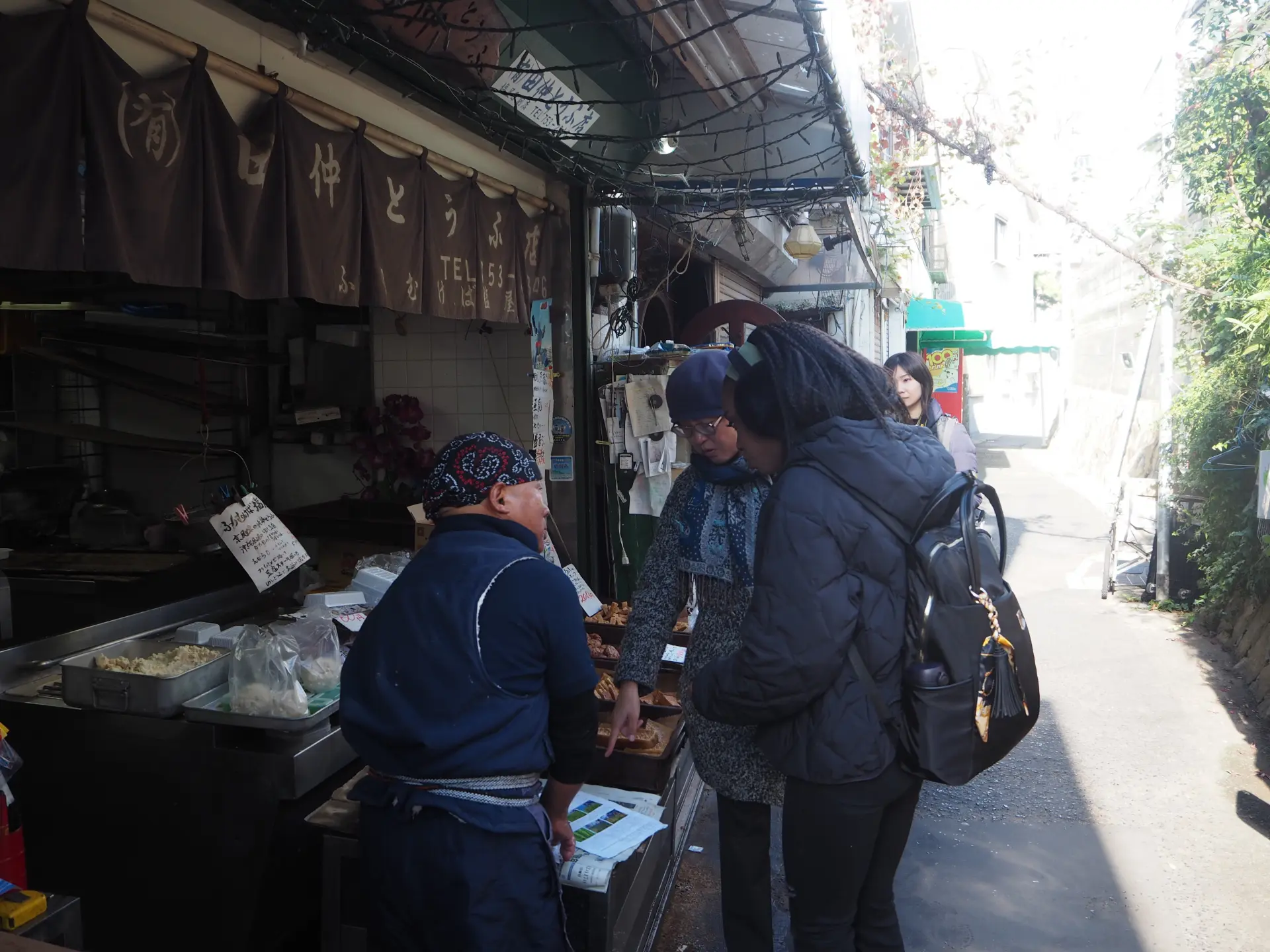
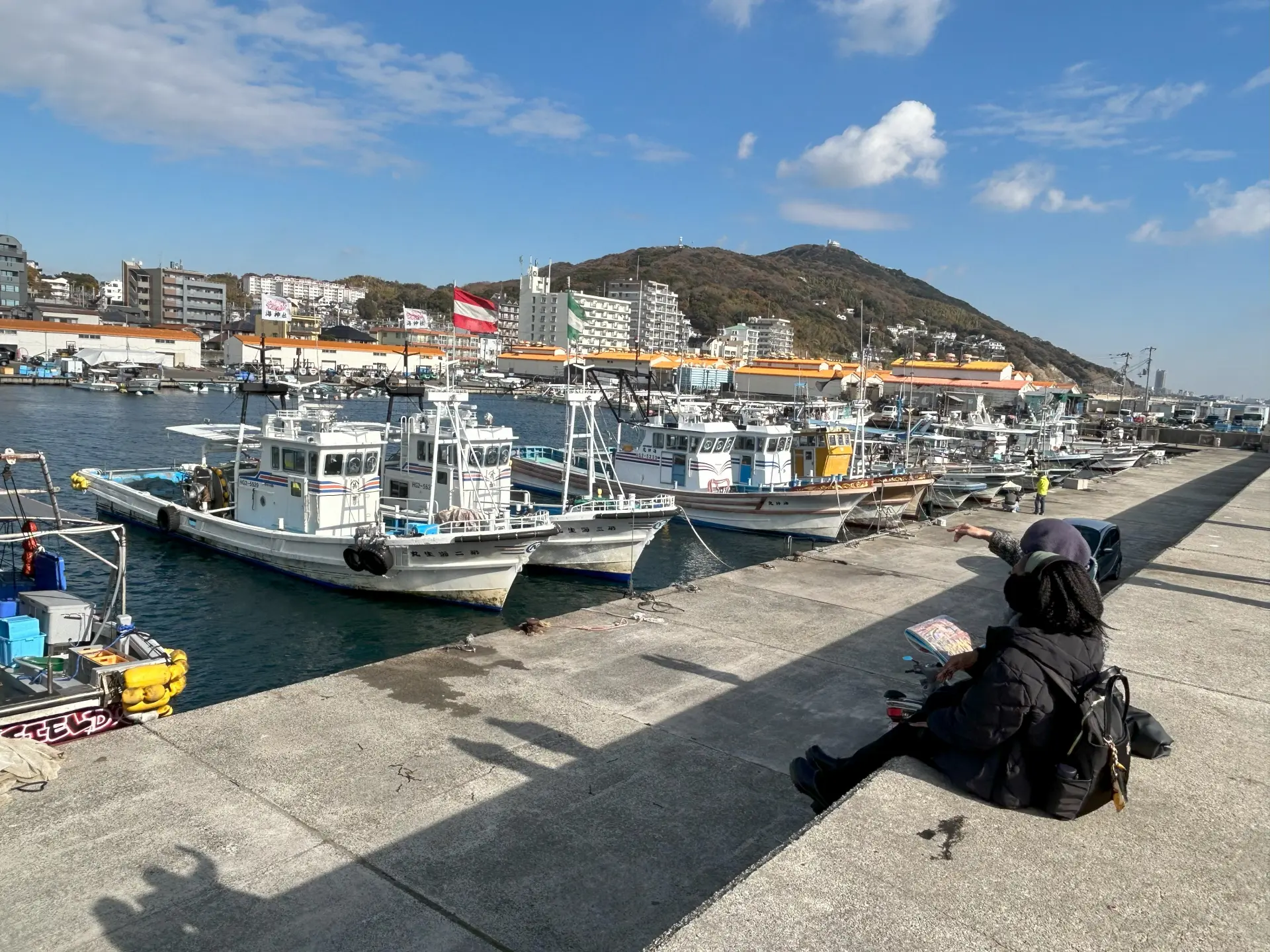
Day two began in Shioya Town, a quaint fishing village known for its seaweed production. The harbor, filled with boats for either fishing or seaweed harvest, added to the life and scene of the town. The walking tour highlighted local specialties, including Kobe’s pride in bread, sweets, suchi, hot croquettes, and artisanal coffee. Visitors also explored small businesses such as a tatami factory and seafood shops, gaining insight into the tight-knit community by being able to speak with local shop owners. Scenic views of Mount Rokko and Awaji Island provided a stunning backdrop for this culinary exploration.
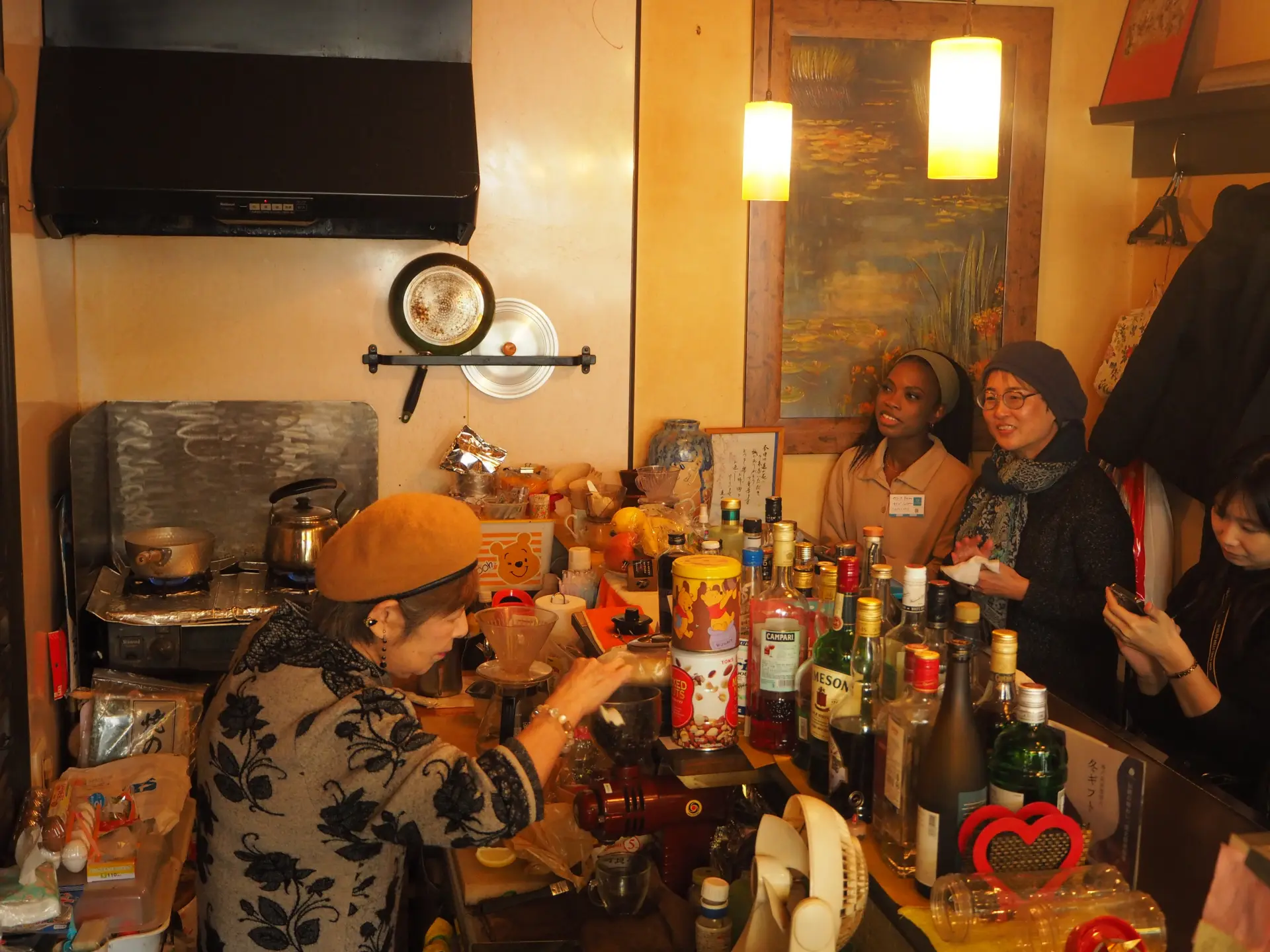
Cycling Tour of Himeji Castle Town (Himeji, Hyogo)
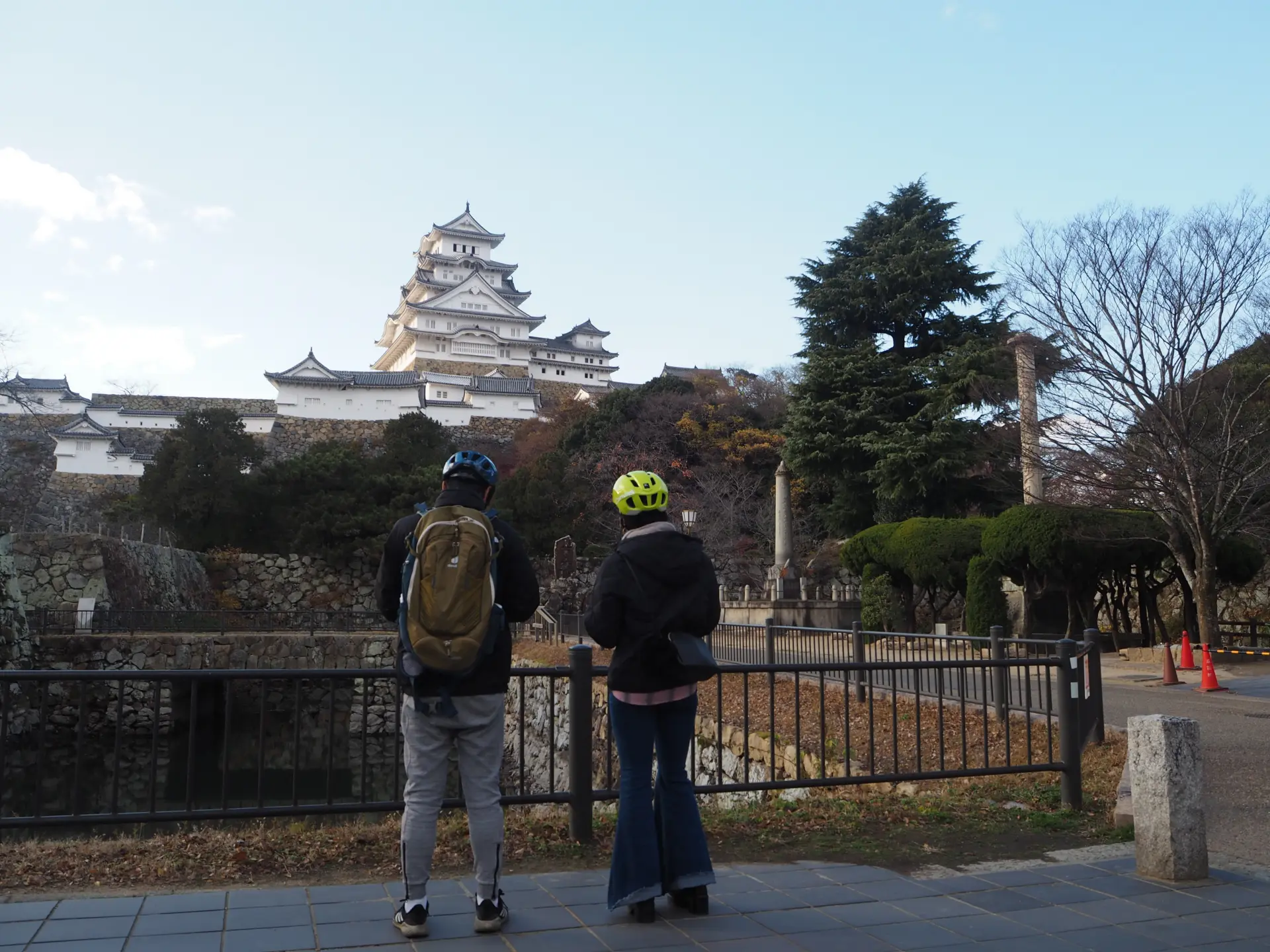
The afternoon featured a guided cycling tour through Himeji Castle Town. Starting near Himeji Station, participants rode through historical streets, stopping at landmarks such as Kokoen Garden and the Lane of Senhime. A highlight of the tour was the majestic Himeji Castle, renowned for its white façade and historical significance. The course also uncovered hidden gems, including Nagoyama Reien, and provided opportunities for a traditional sashimi lunch, as well as some local shops.
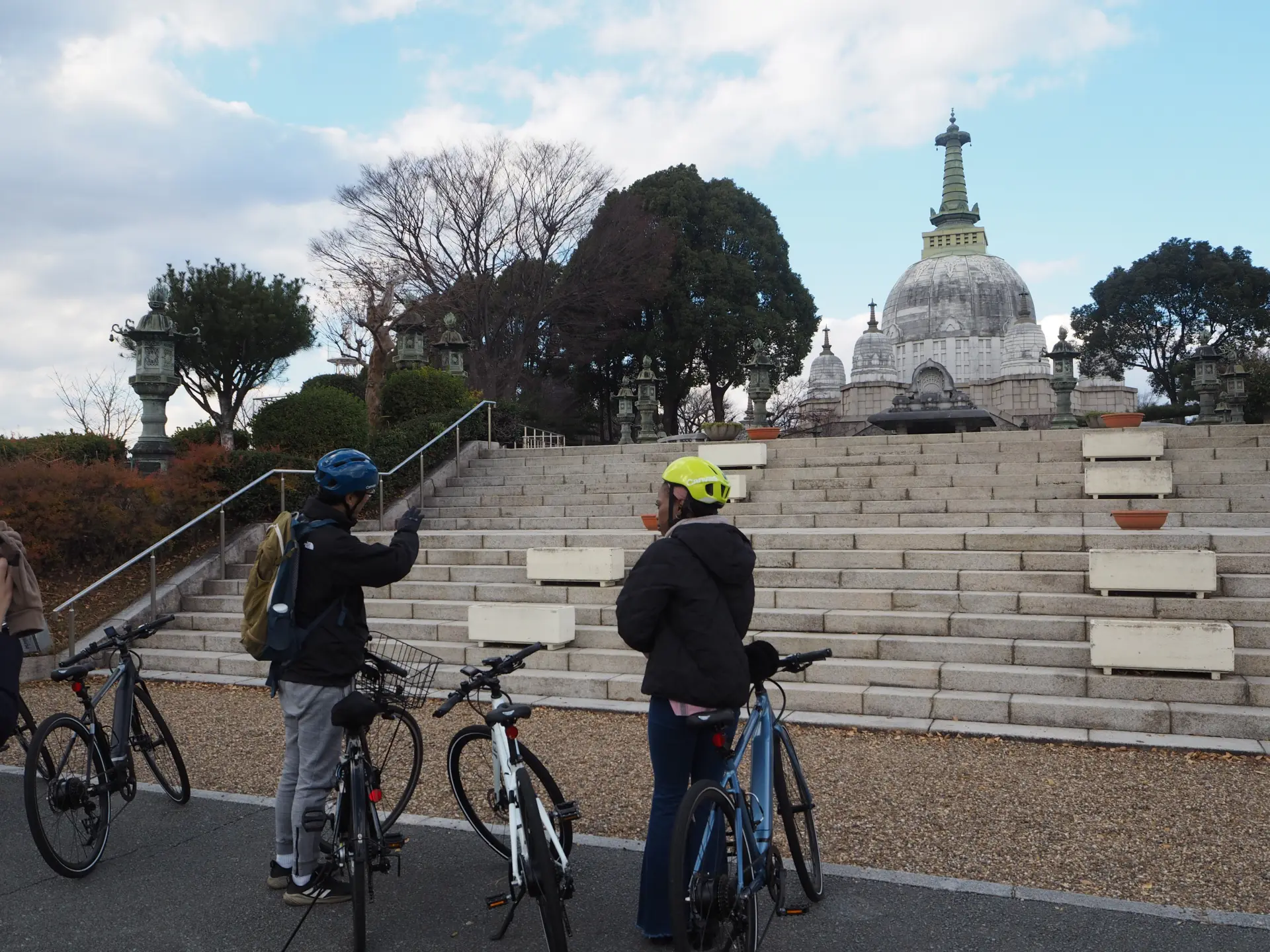
Accommodation at Yumenoien "Yūyake Koyake" (Himeji, Hyogo)
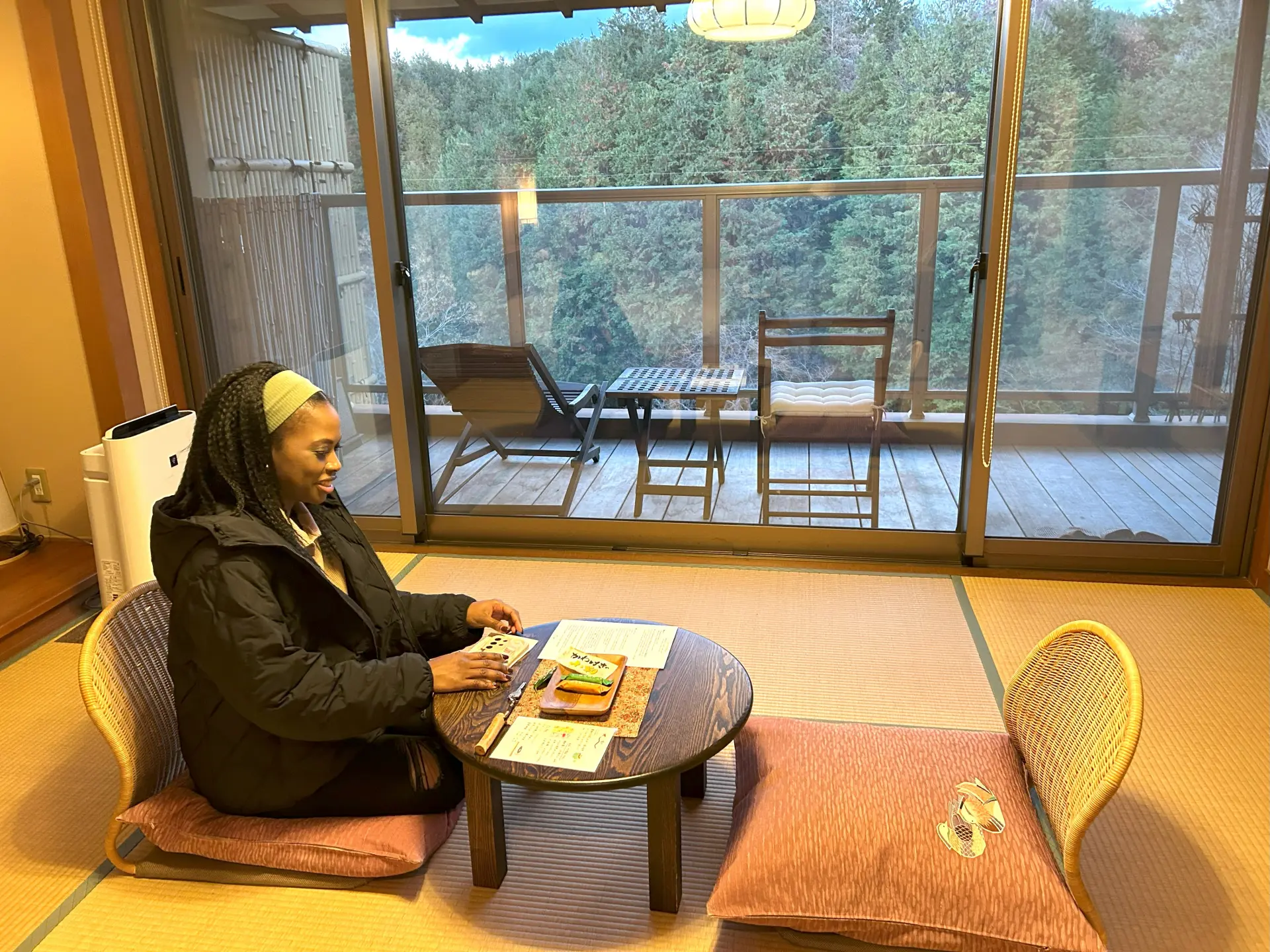
Guests ended the day at Yumenoien "Yūyake Koyake," a traditional ryokan offering a serene riverside setting. An open-air onsen with stunning sunset views contributes to the sophisticated, leisurely atmosphere. The kaiseki dinner featured local delicacies such as Setouchi fish and Himeji wagyu beef, providing a culinary experience steeped in regional flavors. The room featured incredible comfort, traditional designs and a private bath, completed with nothing but the sounds of nature to lull guests to sleep.
Day 3
Swordsmith workshop: Forge Knives at Hayamitsu Kikyo(Aioi, Hyogo)
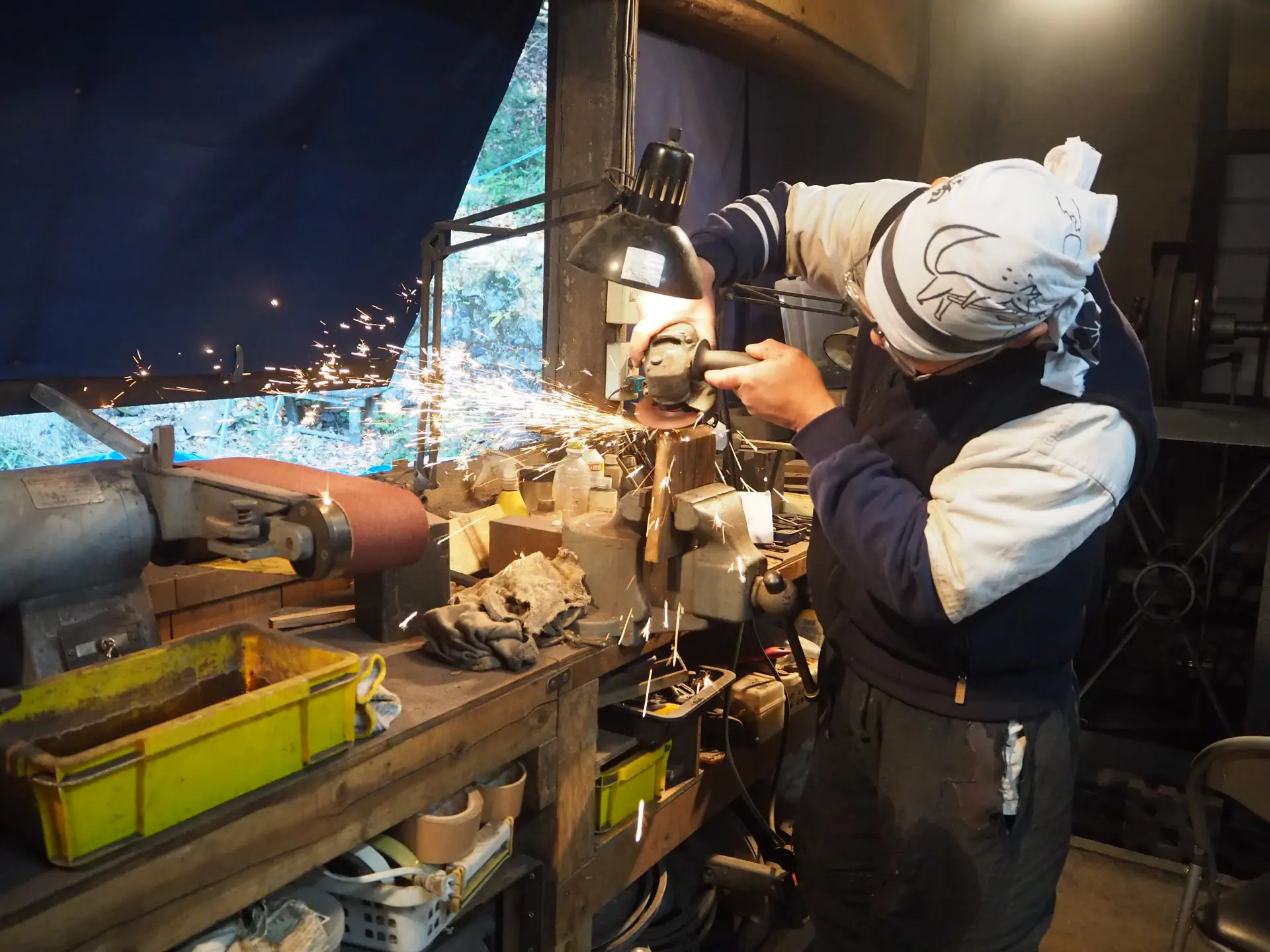
The final day focused on craftsmanship with a knife forging workshop led by bladesmith Hayamitsu Kikyo who was happy to share his personal experiences and anecdotes about his profession and the community. Here, you can experience creating your own knife. Under guidance, you will go through the process of using fire to hammer and polish metal to craft a small knife. Upon trying this, you will realize just how much concentration and patience it requires; creativity and dedication are embedded in the traditional art of blade-making.
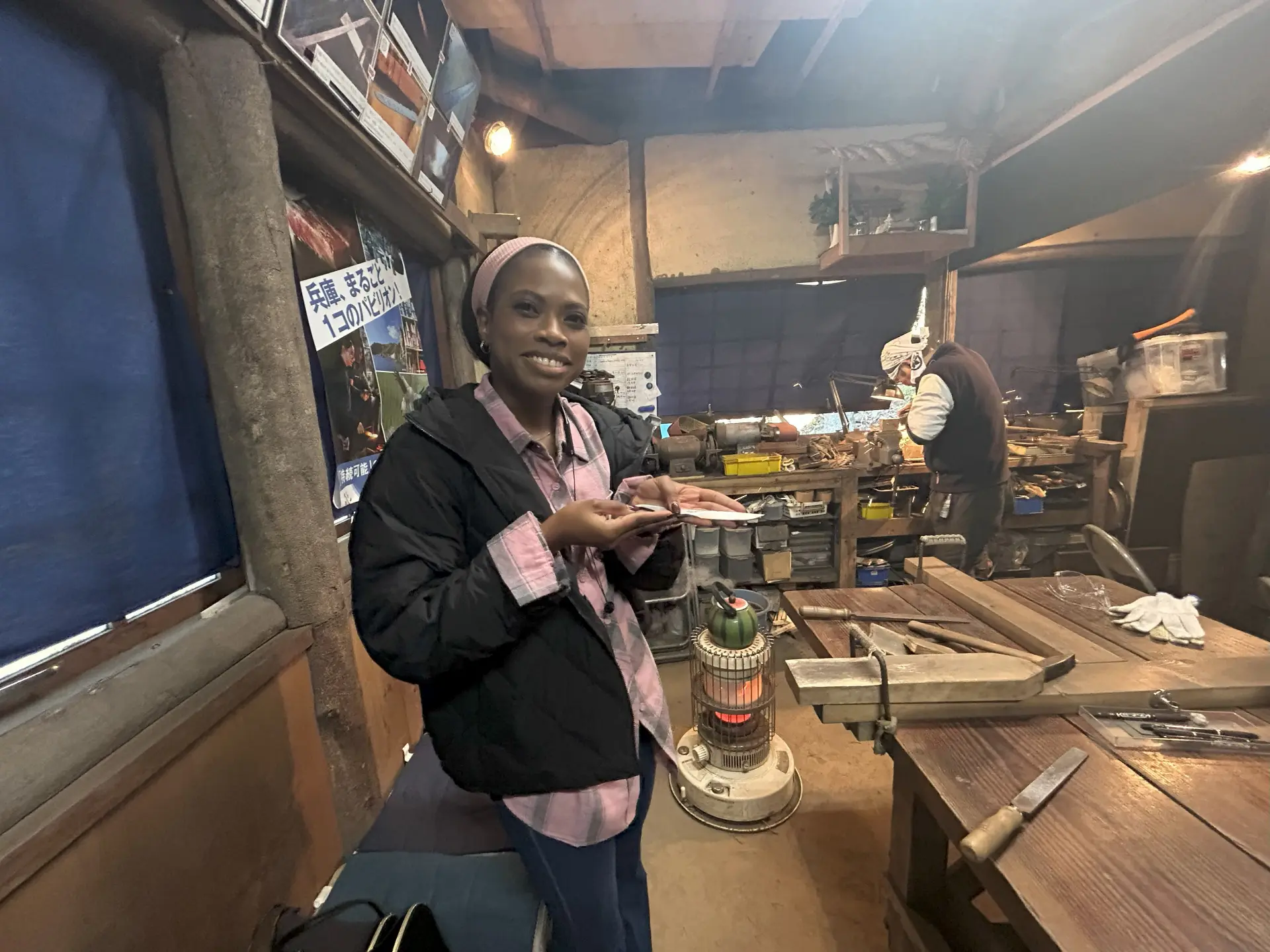
Check also...

Exploring the Roots of Festivals: A Journey of Understanding Local Bonds and the Preservation of Culture

Retreat to a different side of Kansai: a 3-day journey to discover the origins of food and the natural rejuvenation in Osaka, Hyogo, and Tokushima
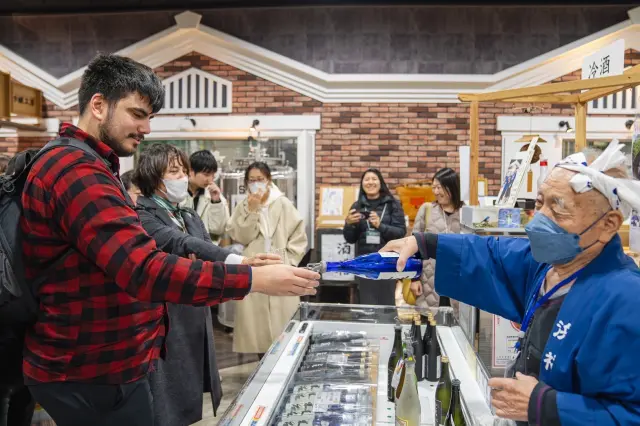
Hyogo: A Journey in Search of Japan’s Finest Sake
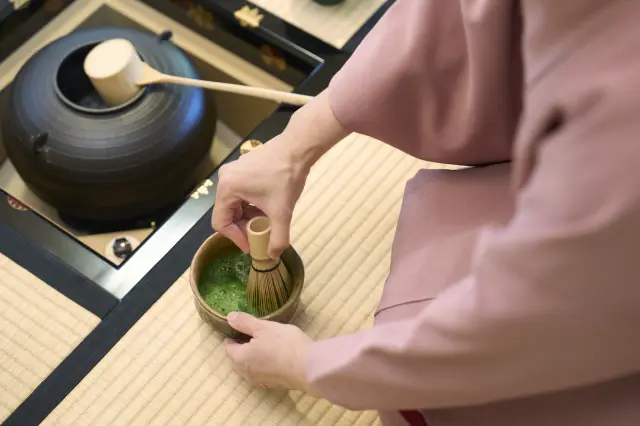
Osaka: A Journey Through Traditional Osaka

Kansai Fan Monitor ~International students ~Awaji Island course (Video)

"Itami Morohaku" & "Nada no Ki-Ippon" Sake- Itami and Nada Gogo, famous brewery sites for “kudari-sake” which was shipped to and consumed in the Edo area

Villages depicted in Tabihikitsuke and two paintings~Landscape of Hinenosho, a manor in medieval Japan~


